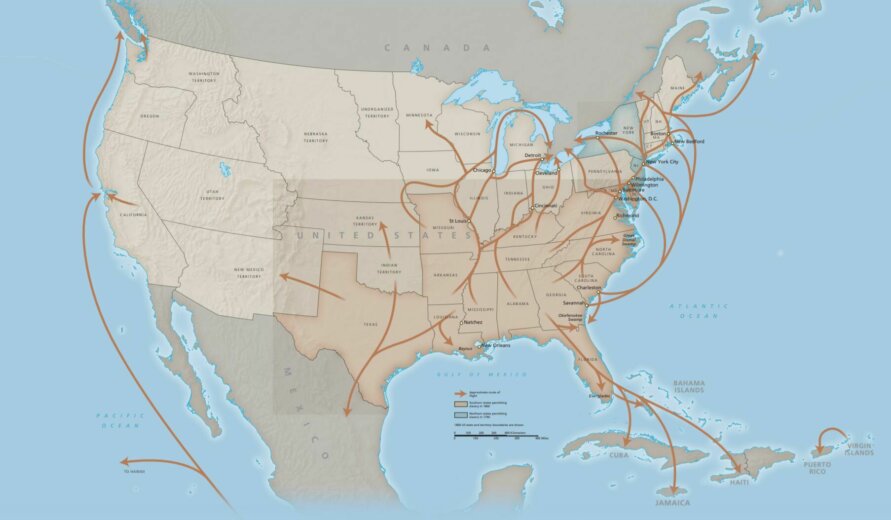
The National Park Service announced that it has added 18 new listings to the Underground Railroad Network to Freedom — and four of those sites are in Maryland.
The newly accepted listings join 698 other recognized Underground Railroad sites around the country.
The Maryland sites are found at Mount Clare Station, Bellevue Farm, Elkridge Furnace and the Stoopley-Gibson Plantation.
Mount Clare Station is along a rail line used by enslaved peoples escaping to freedom. Henry “Box” Brown and William and Ellen Craft are some of the notable figures to have used this site.
Bellevue Farm is the location of the Eliza Howard Parker and Family Escape Site. Between 1846 and 1847, Eliza Howard Parker, her mother and siblings escaped to freedom. On Sept. 11, 1851, Eliza’s new home was used during a revolution known as the Christiana Resistance which saw the death of Maryland slaver.
Elkridge Furnace was a large iron furnace in colonial Maryland that used enslaved, indentured and convicted labor for some of its operations. At least five people escaped from the site, some of whom were recaptured and punished, but continued the pursuit of freedom.
The Stoopley-Gibson Plantation is now recognized as the location of the Henry Massey Escape Site, where a 14-year-old boy escaped slavery in 1849. Massey was found five years later and identified as a runaway slave in Harrisburg, Pennsylvania. He was convicted at trial and returned to his enslaver.
The other sites added are in Alabama, Florida, Georgia, Illinois, Iowa, Kansas, Michigan, New York, Ohio and South Carolina.
The National Park Service reviews and accepts applications from sites, facilities and programs with a verified connection to the Underground Railroad.
“The stories of freedom seekers, who risked everything to claim their liberty, inspire us every time we review Network to Freedom applications,” said National Park Service Deputy Director Shawn Benge. “The new listings remind us of the power Underground Railroad histories hold today and we are eager to work alongside our new members sharing Underground Railroad history with the public.”
Not all of the sites recognized by the National Park Service are open to the public, and many are privately owned.








